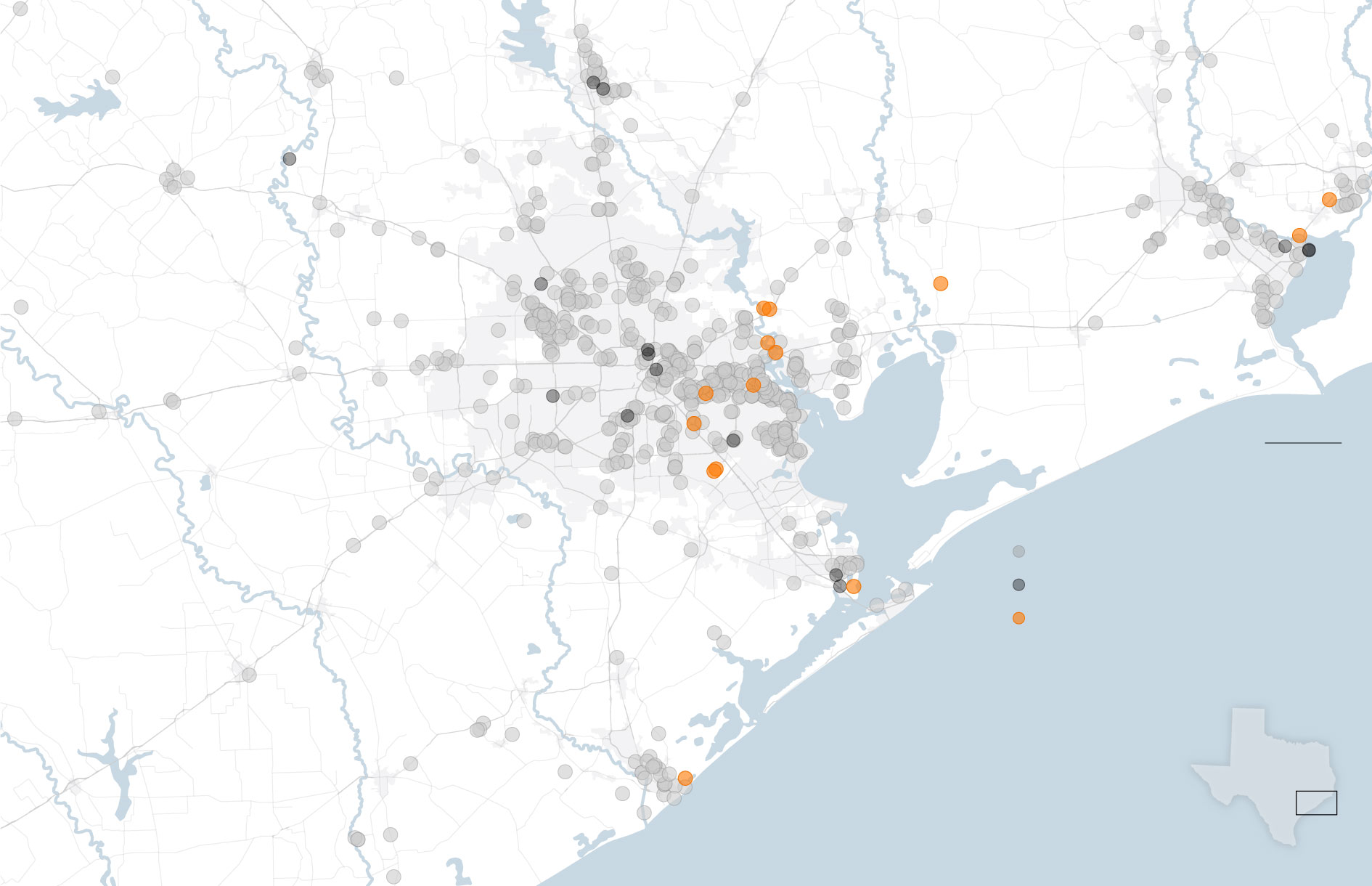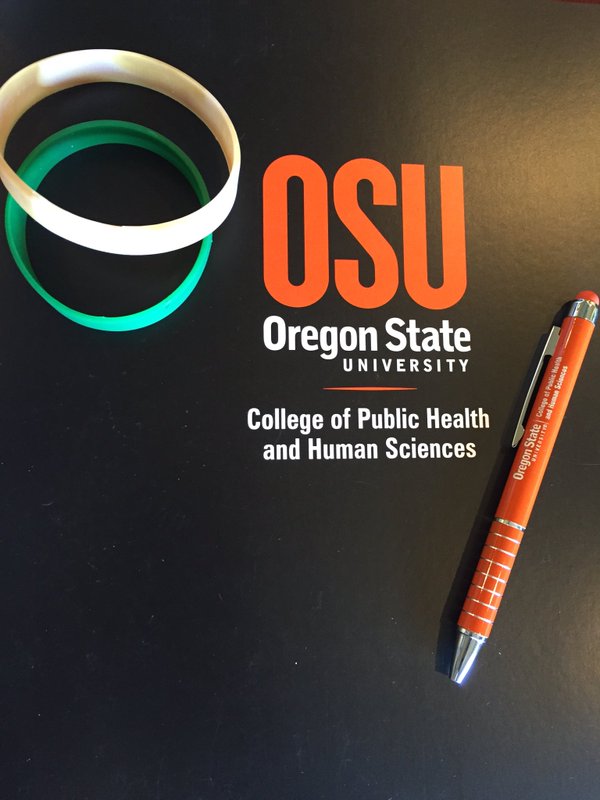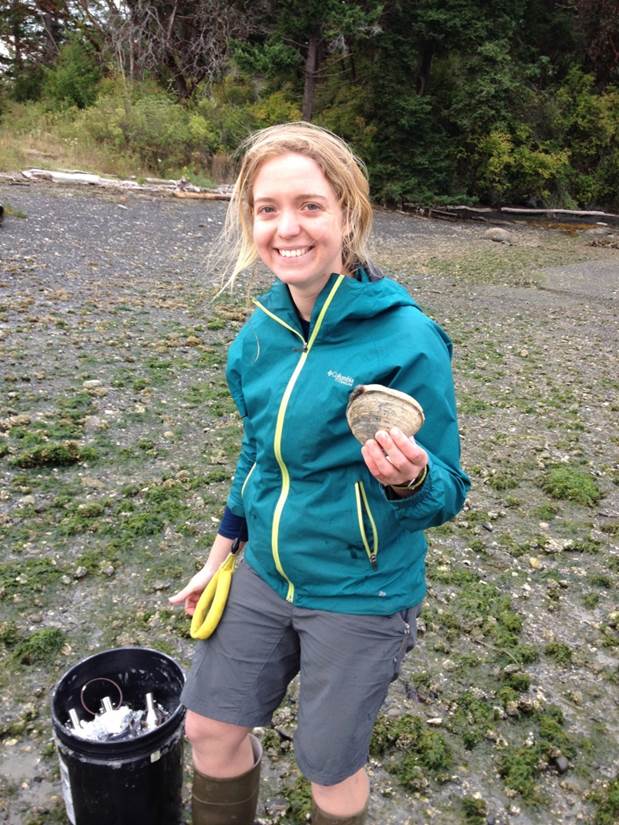Hurricane Harvey and hazardous exposures
Following a disaster, we tend to be worried about finding food and shelter, reuniting with families and pets, and cleaning up the damage left behind. We don’t tend to think about toxic chemical exposures. With Hurricane Harvey, it’s a different story.
Harvey flooded at least 13 Superfund sites flooded. Millions of pounds of hazardous chemicals were released. In addition, small explosions and chemical spills were reported. The New York Times created maps showing the magnitude of the disaster. For example, this image from the New York Times shows flooded or damaged Superfund sites, in orange.


